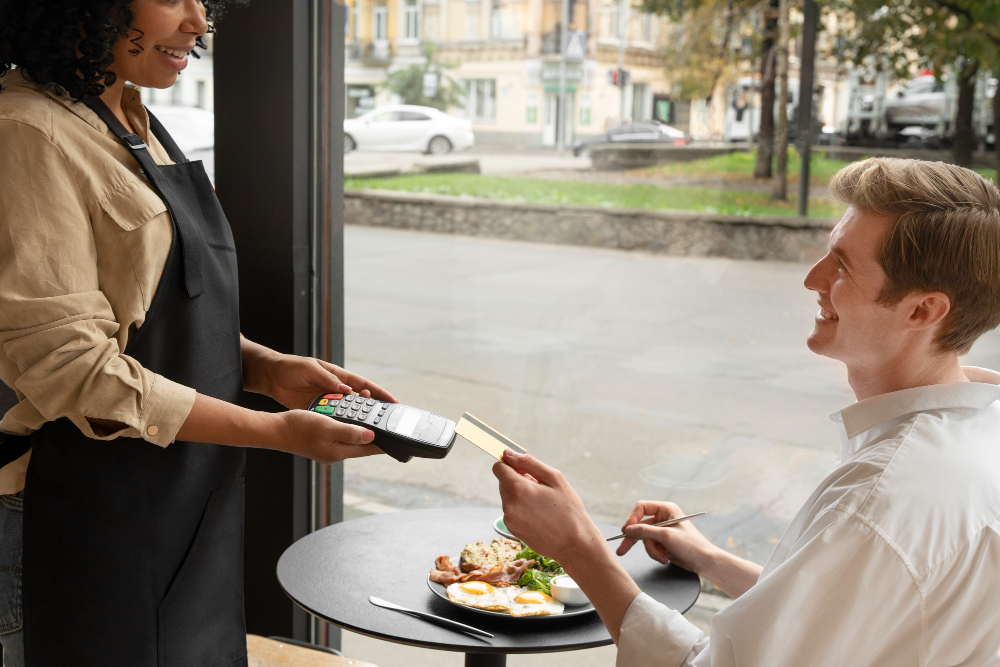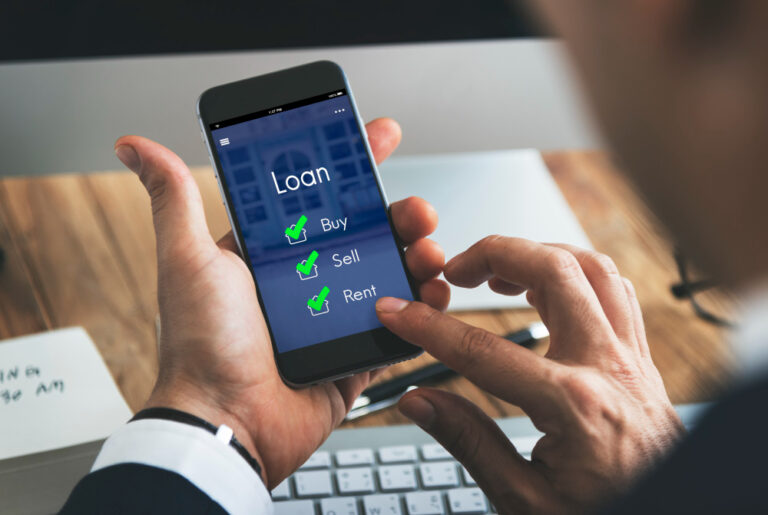The entire restaurant sector came to a halt during the coronavirus outbreak. Restaurants around the world closed their doors as customers stayed at home to keep one other safe. However, once normal life resumed, self-service became more common in restaurant settings.
Restaurant owners and managers sought to keep customers coming in without placing themselves or their employees in danger, and self-service was an excellent technique to achieve social separation in a restaurant context.
However, self-service restaurants have been there long before the pandemic, and they appear to be here to stay in the restaurant tablet ordering sector for the foreseeable future.
If you want to convert your restaurant to a self-service model but don’t know where to begin, you’ve come to the correct place. This article will provide you with the facts you need to determine whether it is the best option for your company.
What Is a Self-Service Restaurant?
A self-service restaurant is one where customers prepare their own meals. Customers in fully self-service restaurants place orders and collect their meals from a pick-up point or food bar without interacting with any restaurant workers.
It is also feasible to blend self-service and table service aspects. Customers, for example, may place and pay for orders at a self-service kiosk, but the food may be delivered to them by a member of the staff.
Fast-food restaurants, quick-service restaurants (also known as QSRs), and fast-casual restaurants are the most common types of eateries with self-service aspects. You’ve probably placed orders at kiosks such as McDonald’s, Taco Bell, and Panera.
Tableside ordering service is part of the customer experience for these types of establishments, so you’re less likely to come across a wholly self-service restaurant in the fine-dining area.
Benefits of Self-Service in Restaurants
Here are some of the advantages and reasons why restaurant managers may decide to implement self-service capabilities in their establishments.
Limit Reliance on Staff
Self-ordering machines can be a useful backup plan if you are suffering a personnel shortage for any reason, such as when employees become ill unexpectedly or if you are having difficulty acquiring skilled workers.
If your clients can place and pay for orders and pick up their food from a dispenser area, you can continue to process orders even when your front-of-house staff is unavailable. Customers can communicate their own orders to the back-of-house staff in real time by connecting your kiosk directly to your kitchen display system (KDS).
This is an excellent solution for anyone looking to reduce labor costs, as you can have fewer individuals working at any given moment without sacrificing team performance.
Reduce Wait Times
Installing self-ordering systems in your restaurant may help reduce customer wait times because more customers can place orders at the same time, resulting in less time spent in line.
This is especially true during peak times at QSRs and fast-food restaurants, such as the lunch rush. Customers can place their orders at the kiosk without having to wait for a manned checkout to open.
Restaurants can also use online ordering to make the takeout procedure easier. Customers who can check your menu and make an order from their smartphone can do so while on their way to pick it up. When they come, their food will be ready to go.
Upsell to Customers
Self-service ordering machines may encourage greater consumer orders, which may result in higher check sizes for you.
According to research into client purchasing behaviors, ordering through a digital device rather than interacting directly with a member of the waitstaff makes people feel less ashamed about putting a large order. You can capitalize on this by taking advantage of the opportunity to upsell.
When someone places an order, you can program your self-service machines to recommend add-ons or other menu items. Small additions such as a side of French fries or an extra dip are an excellent place to start.
Downsides to Self-Service Kiosk Systems
Of course, there are several drawbacks to self-service systems in restaurants.
The biggest disadvantage is one of client experience. Many people who go out to eat are searching for some company.
It’s not just about the cuisine; it’s about the entire dining experience.
Self-service restaurants lack the personalized service that full-service restaurants provide and that many consumers seek while dining out. A simple answer to this is to use a hybrid system. You could add a few self-ordering machines while still employing workers to deliver food to tables. You may also have manned tills for individuals eating in-store and a self-service option for people buying takeaway.
Another minor disadvantage of automating your front-of-house activities is that some clients may struggle to adapt to the technology. Using kiosk interfaces is simple for many individuals – simply tap and go. People who are unfamiliar with using technology to order food may find it more difficult.
Furthermore, any technical faults (such as Wi-Fi outages) can disrupt your food service.
Again, operating in a hybrid system is one solution. Install a few self-ordering kiosks for those who want them, but keep a few manned registers on hand for technophobes or days when your service is down.
How to Know if Self-Service Is Right for Your Restaurant Business
Choosing whether to use a self-service system at a restaurant is a difficult decision. Before you take the plunge, there are a few things you should think about.
To begin, evaluate the type of restaurant you own. If you own a high-end restaurant, self-service is generally not the best option. However, whether you own a fast-casual restaurant, a QSR, or a fast-food establishment, it could be a terrific method to increase sales and cut client wait times.
Second, consider how most customers pay for their purchases. If the majority of them pay by debit or credit card, it’s simple to put up a self-service kiosk that accepts payments. The machines, in addition to receiving orders, serve as a point-of-sale (or POS) system.
It is also feasible to use self-ordering machines with cash, although the machines themselves will almost certainly be significantly more expensive than those that exclusively accept card payments. If you need to take numerous payment methods (not just credit cards, but also cash, coupons, and vouchers), a hybrid system (some kiosks and some staffed tills) may be a preferable alternative.
Keep in mind that some consumers prefer self-service, while others prefer a more personalized touch. A hybrid approach might assist you in catering to everyone.
Add Self-Ordering Kiosks in Your Restaurant
At Linkitsoft, Installing self-service functionalities in your restaurant can be a terrific way to streamline the ordering process while also incorporating technology. You can run a fully self-service restaurant or simply use restaurant kiosks or self-ordering equipment.




